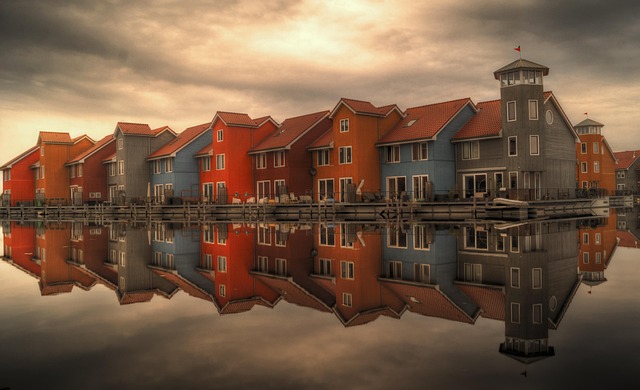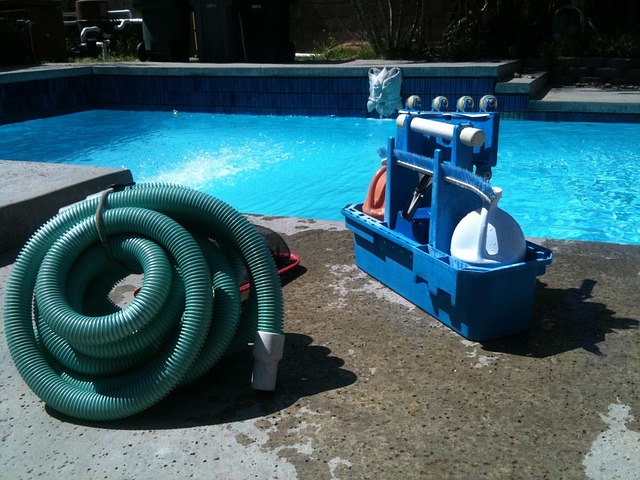Water pressure issues arise from various sources like leaks, aging pipes, elevation, and usage patterns. To increase water pressure, follow these steps: systematically check for leaks, kinks, or corrosion in supply lines and aerators; adjust or replace the water pressure regulator; install high-efficiency faucets and showerheads; use water softeners to clear mineral buildup; repair leaks in water mains; and consider installing a pressure regulator. If problems persist, contact your local water utility provider.
Are you dealing with low water pressure at home? This comprehensive guide unravels the common causes behind this frustrating issue, from leaks and outdated pipes to incorrect pressure settings. Learn how to effectively diagnose the problem and implement practical solutions to boost your water pressure. Discover expert tips on fixing plumbing issues, ensuring a steady and powerful flow throughout your home. Say goodbye to weak showers and hello to optimal water pressure!
- Understanding Water Pressure Issues: Common Causes
- Diagnosing the Problem: Identifying the Source
- Effective Solutions to Boost Your Water Pressure
Understanding Water Pressure Issues: Common Causes

Understanding Water Pressure Issues: Common Causes
Water pressure problems can arise from a variety of factors, often linked to the infrastructure and conditions unique to your home or area. One of the primary causes is leaks within the plumbing system—whether hidden or visible—which can significantly reduce water pressure by diverting its flow. Aging pipes, corroded fittings, and faulty valves are common culprits. Additionally, issues with the main water supply line, such as damage or restrictions, can restrict the flow of water into your home, resulting in low pressure.
Another factor affecting water pressure is the elevation at which your home is located relative to the water source. Higher elevations may experience lower pressure due to reduced gravitational force pushing water through pipes. Water pressure can also be influenced by the number of fixtures and appliances using water simultaneously, as well as atmospheric conditions like temperature and humidity, which can impact the viscosity of water. To address these issues, understanding how to identify and fix leaks, replace aging pipes, and maintain optimal water distribution is crucial for increasing water pressure effectively.
Diagnosing the Problem: Identifying the Source

Diagnosing water pressure problems is the first step in finding a solution. Start by checking your faucet’s aerator for any buildup or damage, as this can restrict water flow. If it’s dirty or faulty, cleaning or replacing it might increase pressure. Next, examine the supply lines; look for kinks, leaks, or corrosion that could obstruct water flow to the faucet. These issues may require replacement or repair.
Consider checking your home’s water pressure regulator as well. If it’s set too low, it won’t allow enough pressure to reach the taps. Adjusting or replacing this component might be necessary for how to increase water pressure. In some cases, the problem could lie with your local water supply, especially if neighbors also report similar issues. Contacting your water utility provider can help determine if there are any systemic problems affecting water pressure in your area.
Effective Solutions to Boost Your Water Pressure

Low water pressure can be a frustrating issue, but there are several effective solutions to boost your water pressure. One common cause is a low-flow faucet or showerhead, which restricts the flow of water. Replacing these with high-efficiency models designed to aerate the water can significantly improve pressure. Another simple fix is clearing any mineral buildup in your pipes, as hard water can reduce water pressure over time. Using water softeners or regular cleaning solutions can help remove this buildup and restore optimal pressure.
For more severe cases, checking your water main and supply lines for leaks or damage is essential. Leaks can cause a significant drop in pressure throughout your entire home. Repairing these issues should be a priority to ensure consistent and strong water pressure. Additionally, installing a pressure regulator can help maintain constant pressure by adjusting the flow based on demand. This is especially useful if you have varying water pressure at different times of the day or with multiple fixtures running simultaneously.
Water pressure problems are often a result of issues within your plumbing system, from leaks and corrosion to clogged pipes or faulty valves. Fortunately, with proper diagnosis using tools like pressure gauges and careful consideration of your home’s unique layout, you can effectively address these causes. Implement targeted solutions such as repairing leaks, replacing corroded pipes, clearing obstructions, or installing a water pressure booster pump to significantly improve your water pressure and enjoy a consistent, strong flow throughout your home.
